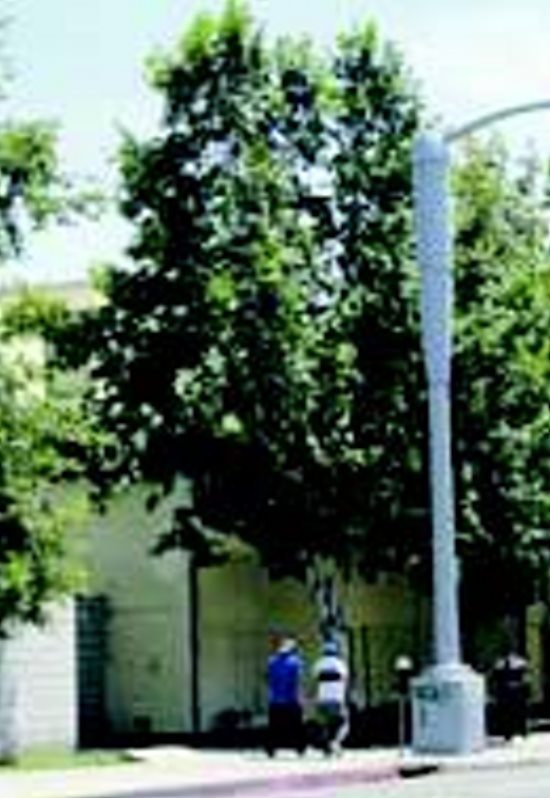
| ||||||
In addition to the staff report, prepared by Senior Planner Mayank Patel and presented by Director of Planning Drummond Buckley, the council also heard a presentation by attorney Jonathan L. Kramer, head of Telecom Law Firm P.C. There was also public comment, primarily by residents opposed to 5G installations on the basis of safety.
The 5G facilities will be installed in public rights of way, affixed to existing pole infrastructure, such as street lights, traffic signals and utility poles or on new, purpose-built small cell poles. The 5G antennae, referred to in the industry as "small cells," cover only a very small area. Each small cell antenna services hundreds of square feet whereas traditional cell sites cover square miles. Further, cell phone service providers will not share the small cells, so that multiple facilities will be required for each provider. Verizon has told staff that they plan to apply for 87 small-cell sites in order to provide Orinda with full 5G coverage. Staff presumes that other wireless carriers will need a similar number of sites to provide service in Orinda.
Ann Goldman argued that the 5G facilities will blanket the area and make Orinda look like a military site. Nadine Whitman expressed concern about PG&E poles, in light of PG&E's recent bankruptcy. She noted that a lot of cities are fighting the FCC regulation.
Ellie Marks, director of the California Brain Tumor Association which advocates for safe technology, said in a written submission that, while the council cannot base its decision on health, that does not mean that they cannot be educated on the science and health effects. She spoke about people with electro-hypersensitivity, which is named in the Americans with Disabilities Act. Marks said the Danville residents are unhappy with the ordinance that Telecom Law Firm helped the city write. She advocated for fiber optics to the home instead of 5G. However, 5G is about more than home connectivity. As the New York Times has explained, 5G is considered to be the "internet of things" that will control things as diverse as autonomous vehicles, industrial robots, and gas pipelines. Marks urged Orinda to adopt all or parts of the model code the California Brain Tumor Association has developed for towns and cities.
Other speakers spoke of the dangers and urged the city to look at alternatives, such as fiber optics, and several speakers offered negative comments about Telecom Law Firm, while Kramer countered that his firm wrote the ordinances for Hillsborough and Danville.
During council discussion, Council Member Amy Worth thought that it would be helpful to get copies of existing ordinances from cities similar to Orinda. Council Member Dennis Fay wondered what authority Orinda has to regulate 5G sites in the face of the federal regulations, but Kramer assured him that the city can still do a lot, since the city is allowed to set the aesthetic standards, which can affect the timing and placement of the sites. The city could require undergrounding. "The companies will argue that that is not a reasonable requirement," however, he added. But he did note that if a project complies with the FCC laws, it cannot be denied by the city. "Your hands are tied," Kramer said. Mayor Inga Miller noted that 5G does not yet exist, citing an article from the New York Times, and that very big money is involved.
Buckley suggested that the council adopt an ordinance that references design guidelines. That approach would allow the design guidelines to be changed at a later date. Owing to the short timeline, he suggested an urgency ordinance, but said that such an ordinance will not act as a moratorium or a ban. City Manager Steve Salomon noted that the council had heard a lot during the meeting and that staff will work to craft something before the April deadline when the FCC regulations come into force. He suggested coordination with the League of Cities and with other cities. He added that it is unlikely that the composition or approach of the FCC will change in the next two years. Buckley said that the National League of Cities has something similar to a model ordinance.

Reach the reporter at:
